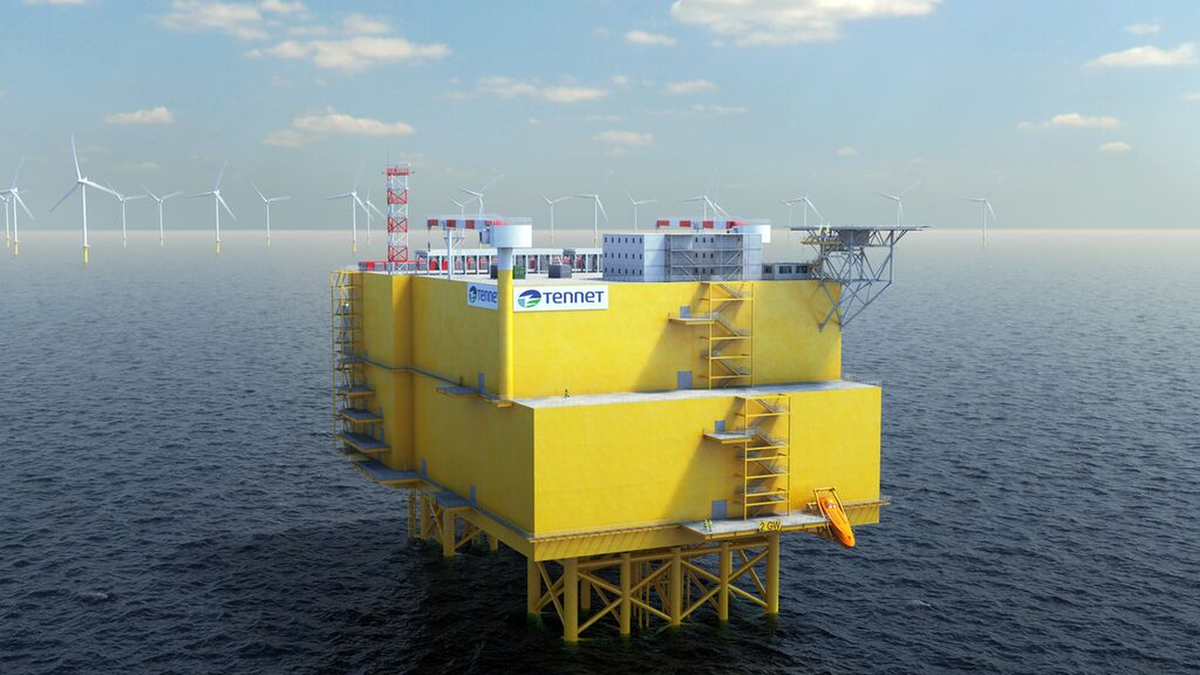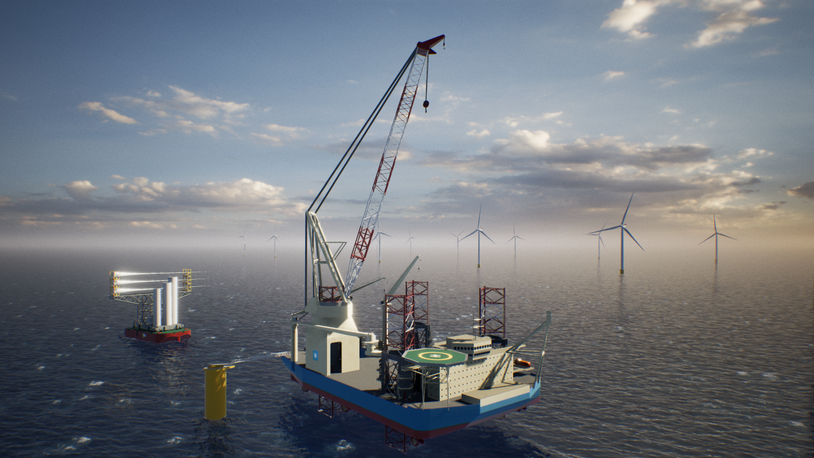Business Sectors
Events
Marine Coatings Webinar Week
Contents
Zonal pricing and UK offshore wind
The government’s and Ofgem’s review of zonal pricing is a hot topic in the UK energy industry. Generators, consumers, grid developments and energy security could all be affected by this decision
UK electricity operates as single national market. The last unit of electricity dispatched to meet demand determines the spot price. This ‘last unit’ is often expensive gas generation as it can be dispatched quickly. This single market doesn’t reflect regional supply-demand dynamics or long-term averages. So even in renewable-rich areas, prices remain tied to gas market fluctuations.
Offshore wind projects receive a Contract for Difference (CfD) for the energy they produce, shielding them from price fluctuations during the 15-year CfD period. However, if a project is curtailed due to grid constraints, it receives no CfD payment for lost output. Compensation can be claimed through the Balancing Mechanism, but it is not guaranteed and is not tied to the CfD strike price. Generators instead submit a curtailment price offer to the grid operator.
Zonal pricing would divide the country into regional markets or zones. For each zone, local electricity supply, demand and grid constraints determine prices. It’s a system already used in countries such as Norway, Sweden, Denmark, Italy, and in parts of the US.
In theory, zonal pricing incentivises generation and consumption where it’s most efficient for the grid. This helps to align electricity prices to the actual cost to get electrons to where they are needed. This should allow local demand and generation to stabilise regionally over time. Zones with high energy prices will attract generators and low-price zones will attract energy users. Market forces will therefore reduce the need for expensive grid reinforcement.
However, these benefits come with risks and challenges. Users in low-generation regions such as southern England and Wales – where cheaper renewable electricity supply is currently less abundant – could face higher bills, creating political and public resistance. In high-generation regions such as the north of England and Scotland, bills may fall.
Zonal pricing will also have significant implications for wind-energy projects. While CfDs would provide price stability, regional market prices could vary substantially. In wind-rich, grid-constrained zones, prices may consistently fall below the national average. This would affect the level of CfD top-up required from government, potentially leading to a reshaping of CfD pot allocation. It would also influence revenues for older projects once their CfDs end.
Extended periods of negative market pricing are another concern. In these cases, CfD payments can be suspended, creating further revenue uncertainty. More curtailment is likely in constrained zones, leading to generators relying more on balancing mechanism incomes, often lower than CfD payments.
All of this creates a challenging investment environment. Ongoing uncertainty around whether and how zonal pricing will be implemented risks deterring bidders or pushing up strike prices in the upcoming CfD Allocation Round 7, at a critical moment for the delivery of the UK government’s clean power 2030 ambitions.
This risk has already prompted industry voices – including industry trade associations and several major developers – to call on government to pause or reconsider zonal pricing.
Zonal pricing has the potential to deliver a more efficient electricity system and to support the UK’s transition to a net-zero power sector. As with any market reform, success lies in the detail.
To unlock its benefits without undermining investment, simplicity and clarity must be prioritised. The most effective systems are the ones that investors can understand and trust. For zonal pricing to support, rather than hinder, the growth of the UK wind industry, it must maintain investor confidence and project bankability.
We believe a collaborative approach between government, regulators and the wider industry is essential. With the right design and sufficient lead-in time, zonal pricing could unlock a smarter, resilient energy system.
But it is crucial to proceed with care. Getting it wrong could slow down progress at the very moment we need to speed up. In particular, the transition must consider how existing arrangements and investment are treated, to avoid unintended disruption and ensure a fair and workable shift for all participants.
*Matt Knight is a managing consultant at BVG Associates
Related to this Story
Events
Marine Coatings Webinar Week
Maritime Environmental Protection Webinar Week
Ship Recycling Webinar Week
© 2024 Riviera Maritime Media Ltd.












